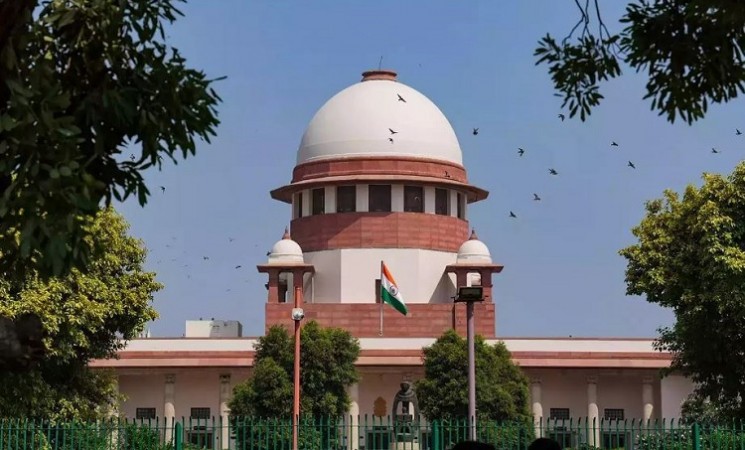
In a recent ruling, the Supreme Court reiterated that appointments can only be made to positions for which clear and advertised vacancies exist. The apex court upheld the decision of the Himachal Pradesh High Court regarding the 2013 appointments of two candidates as Civil Judges (Junior Division), finding errors in the process.
Despite the fact that both officers had served for more than a decade without any irregularities, the court rejected the removal of both judicial officers from their positions. Utilizing its powers under Article 142 of the Constitution, the court set aside the portion of the High Court's order that nullified the selection and appointments of the appellants.
Justices C.T. Ravi Kumar and Sudhanshu Dhulia stated that positions not advertised during the recruitment phase were meant for future vacancies, i.e., the subsequent selection process. The Himachal Pradesh High Court adhered to the legal stance but overlooked the context, facts, and circumstances of the case. The bench emphasized that removing appellants Vivek Kayastha and Akansha Dogra from their positions would not serve the public interest, considering their ten years of service and promotions within the judiciary. The court concluded that there were procedural violations in the selection or appointment process of the appellants.
Notably, the positions to which the appellants were appointed had never been advertised, making them ineligible to be termed 'advertised vacancies.' These vacancies were created on April 18, 2013, after the initiation of the selection process and before the issuance of advertisements on February 1, 2013.
The bench rejected the High Court's attempt to shift all blame to the State Public Service Commission for attempting to cover up procedural flaws in the post-selection process. The court emphasized that while the Commission would ultimately bear some responsibility, the blame should be shared equally between the state government and the High Court.
Despite serving as judicial officers for almost a decade, the bench deemed it inappropriate to remove the appellants, considering their ten years of judicial service. The court clarified that the selection of appellants was not tainted by bias, nepotism, or any such act that could label it as flawed. In a nuanced decision, the Supreme Court has upheld the Himachal Pradesh High Court's decision to annul the appointments of judges Vivek Kayastha and Akansha Dogra. The court, while acknowledging procedural violations, emphasized the appellants' service record and concluded that their removal would not be in the public interest. In summary, this ruling sheds light on the intricacies of judicial appointments, emphasizing the need for adherence to proper procedures while considering the tenure and service records of the officers in question.
Nokia, Ooredoo Qatar Forge Groundbreaking Private Wireless Network for MEA's Energy Sector